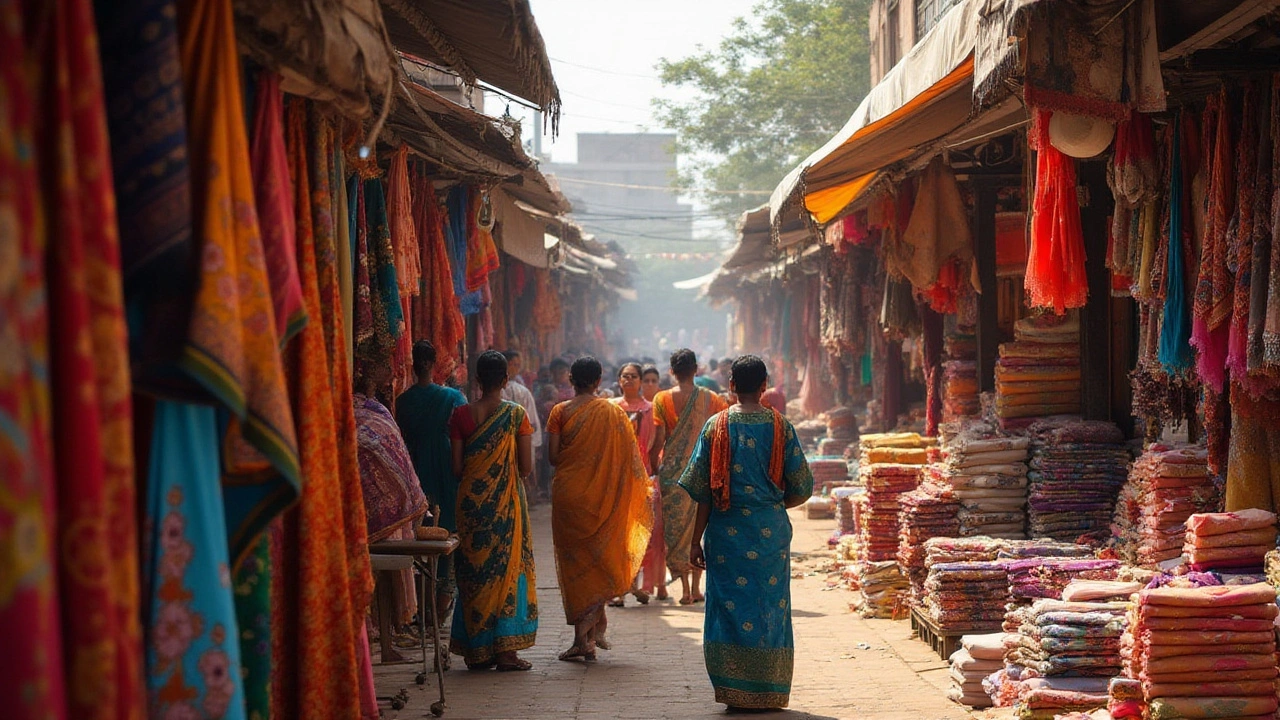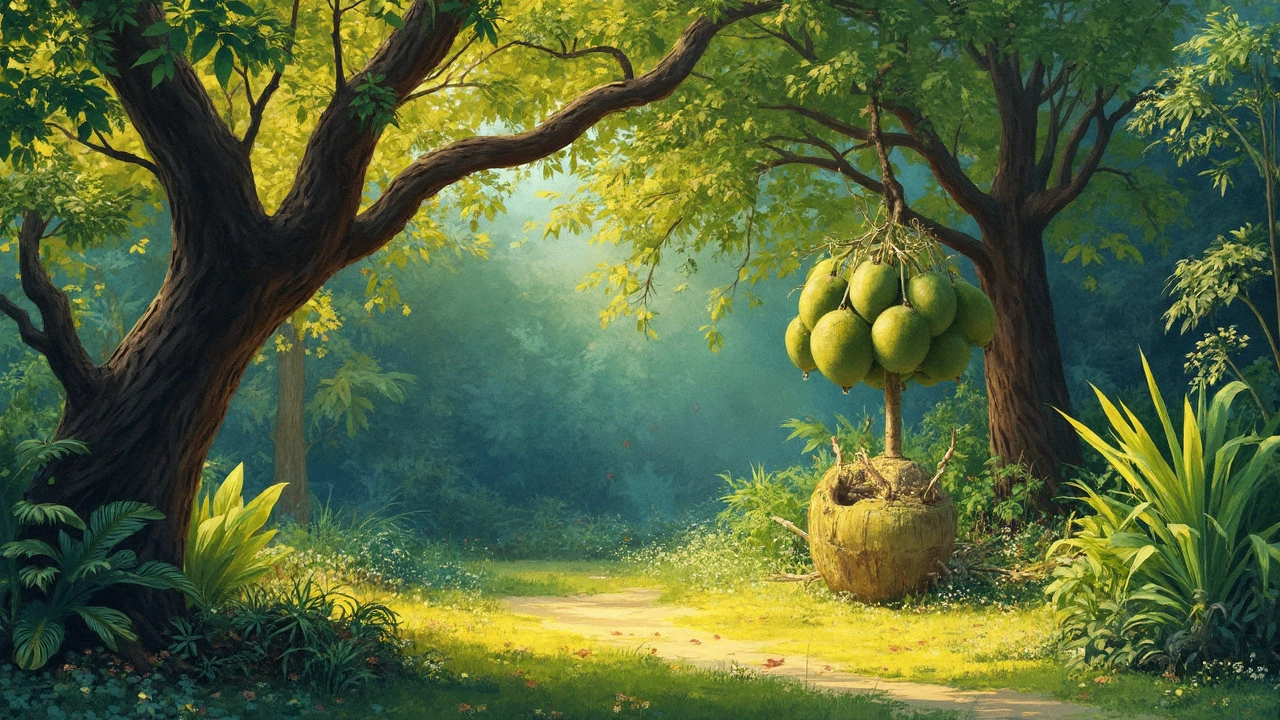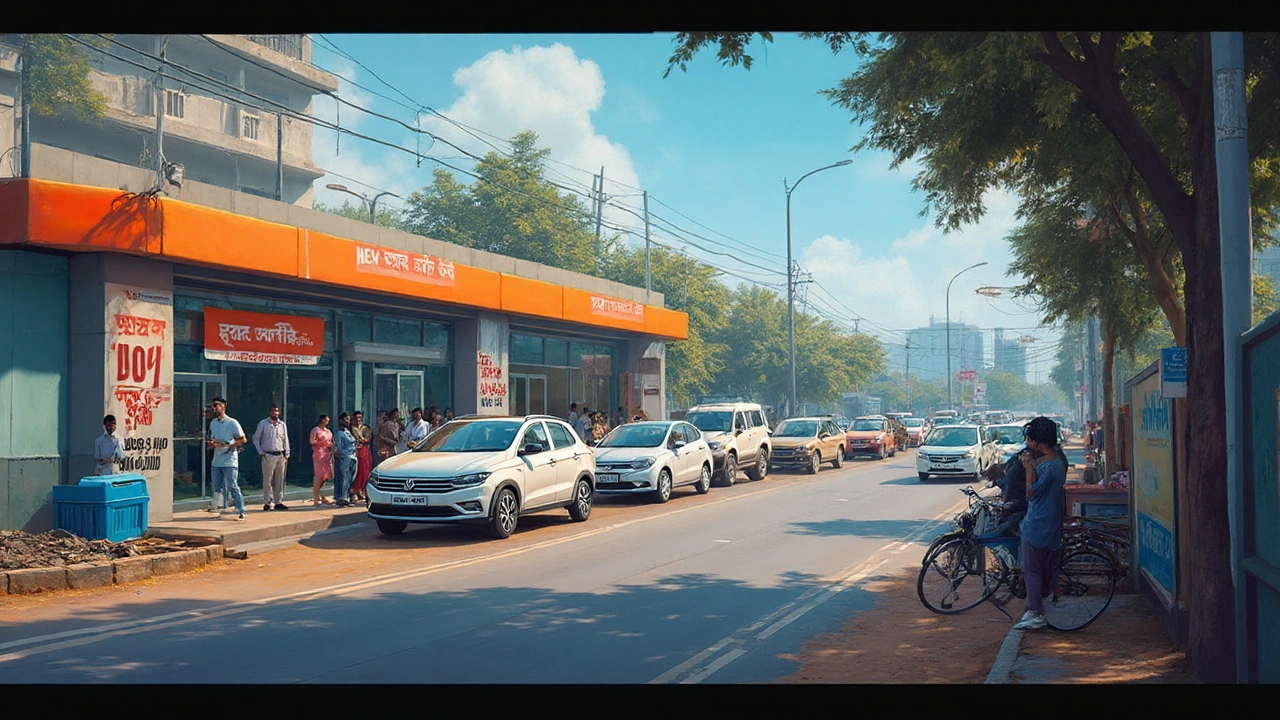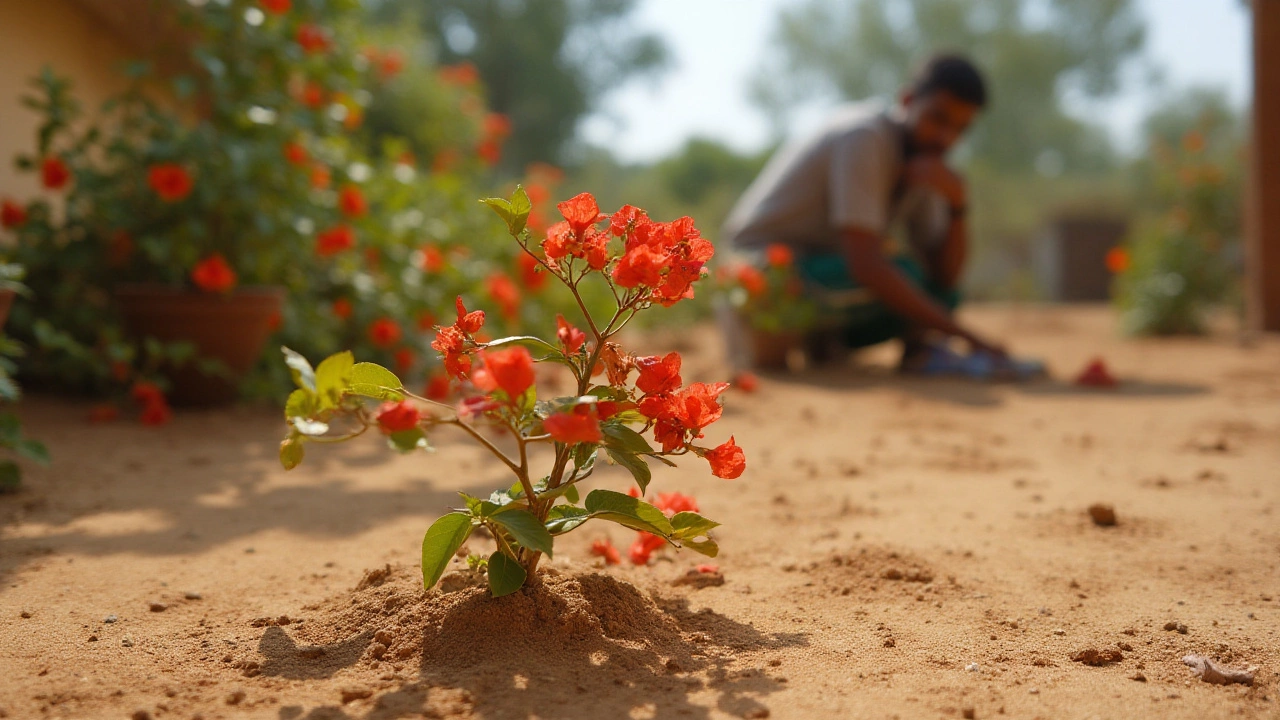Textile Industry India: Overview, Heritage & Market Insights
When talking about Textile Industry India, the sector that turns raw fibers into clothing, home textiles and industrial fabrics across the country. Also known as Indian textile sector, it drives millions of jobs and fuels export earnings. A critical building block is Cotton, the natural fiber grown mainly in Maharashtra, Gujarat and Punjab, which feeds Fabric Manufacturing, the process of turning yarn into woven or knitted cloth for apparel and technical use. The heritage of fabrics shines in states like Tamil Tamil Nadu, West Bengal and Gujarat – each famous for silk, khadi or synthetic blends – captured under the entity Indian Textile Heritage, the cultural and historical backdrop that shapes design, technique and regional branding. Finally, the Richest Textile Company, the top‑earning global player with deep roots in Indian manufacturing and worldwide distribution influences pricing, technology adoption and sustainability standards. In short, the Textile Industry India encompasses cotton production, fuels fabric manufacturing, relies on regional heritage, and is steered by market leaders.
Key Aspects of India's Textile Landscape
One semantic link is clear: cotton supplies the raw material that makes fabric manufacturing possible, and that manufacturing creates jobs in the heritage‑rich states. The sector’s employment reach exceeds 45 million, with a large share in small‑scale units that preserve hand‑loom traditions. Recent government initiatives such as the Production Linked Incentive (PLI) scheme have boosted investment in technical textiles, adding a new layer to the traditional cotton‑centric model. Meanwhile, sustainability is no longer a buzzword; many factories are adopting water‑saving dyeing techniques and recycled polyester to meet global buyer demands. This shift demonstrates the triple connection: the industry requires sustainable practices, which in turn influence both the quality of fabric and the competitiveness of Indian exports.
Looking ahead, the richest textile company sets the benchmark for technology and scale, prompting midsize players to modernize their looms and digital supply chains. The ripple effect reaches the heritage states, where designers blend traditional motifs with high‑tech fabrics to cater to both domestic festivals and international fashion weeks. As the sector evolves, readers will find articles that break down cotton pricing trends, showcase state‑wise fabric specialties, compare the strategies of leading manufacturers, and explain how sustainability is reshaping the Indian textile narrative. With that context in mind, dive into the curated collection below to get practical insights, data‑driven analysis, and on‑the‑ground examples that illustrate the vibrant world of India's textile industry.
Is India Set for a Textile Industry Revival?
The textile industry in India has long been a significant player in the global market, with its deep-rooted history and vast diversity in fabric production. In recent times, India has been poised for a resurgence in the textile sector, thanks to advancements in technology, favorable government policies, and a growing emphasis on sustainable practices. The industry is seeing a push towards modernization and increased global collaborations, creating fresh opportunities and challenges. This analysis explores the factors driving the potential boom in India’s textile sector and its implications for manufacturers and the global market.
- manufacturing
- India
- food processing
- garden tips
- rice cultivation
- government schemes
- balcony garden
- urban gardening
- balcony gardening
- profitable business
- business ideas
- plastic manufacturing
- drip irrigation
- plant care
- steel manufacturing
- sustainable gardening
- startup ideas
- steel industry
- flower gardening
- textile manufacturers






